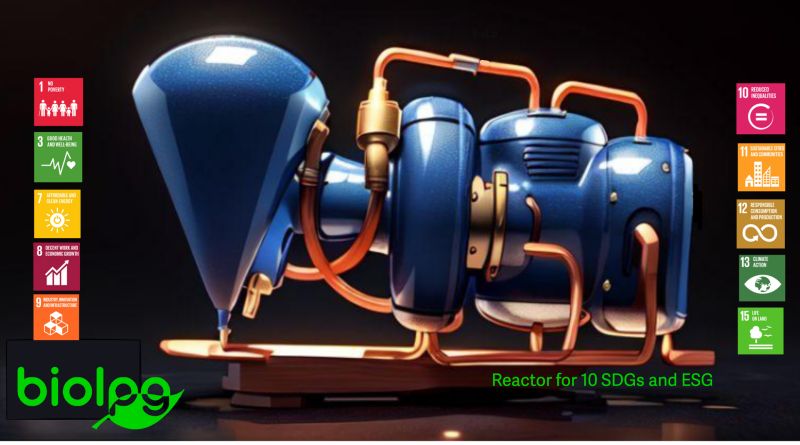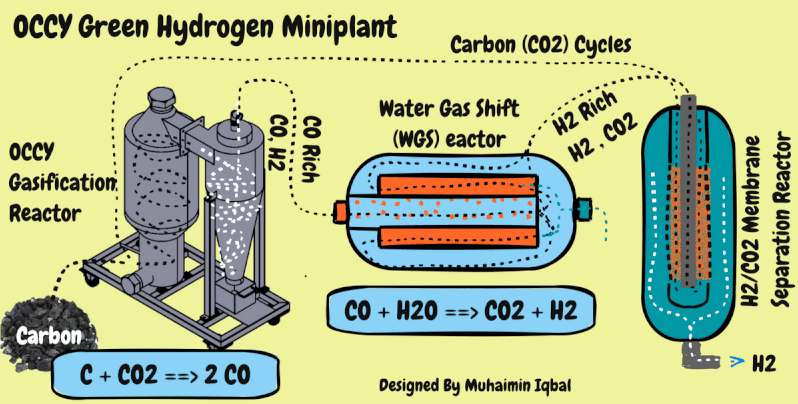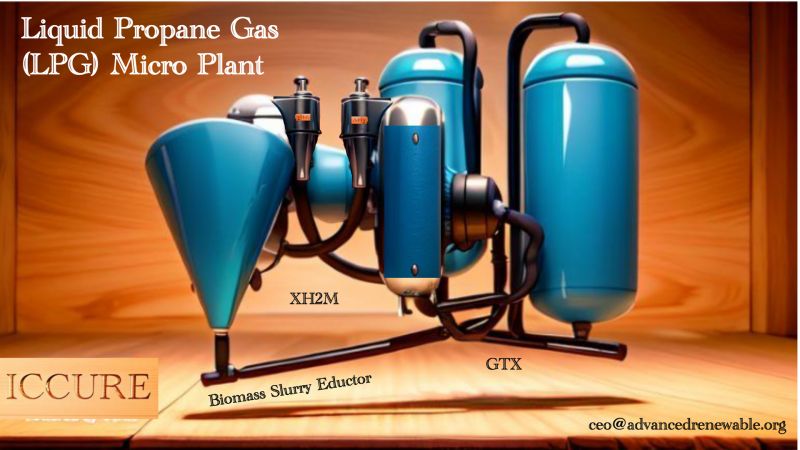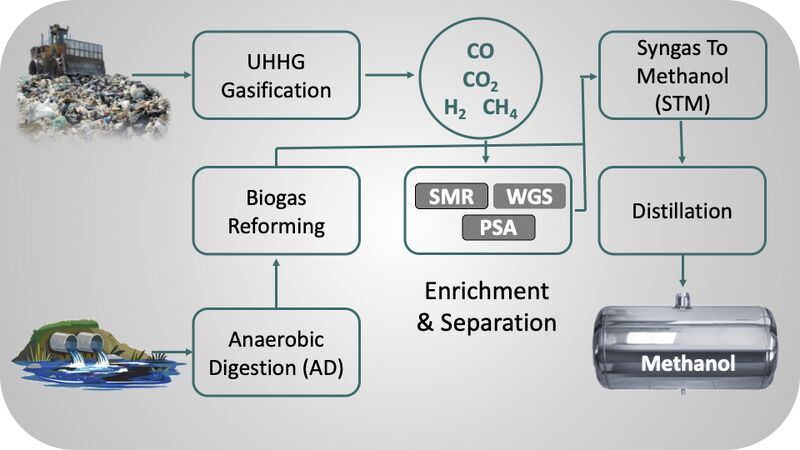SDG, ESG and LPG
Advanced Renewable
Mon , 13 May 2024 17:43 WIB

Two three-letter abbreviations that have become very popular among institutions and corporations in recent years are SDG and ESG. Two separate things actually, but they can support each other. Many SDG targets can be achieved through implementing ESG, such as reducing emissions, improving the work environment, increasing equality, diversity and inclusion.
However, because both require concrete steps that are easy to understand and have a measurable impact, I am introducing the next abbreviation - it is not a new abbreviation but will boost the achievements of the two previous abbreviations above, namely LPG, especially BioLPG. The BioLPG program will concretely accelerate the achievement of at least 10 SDGs out of the existing 17, and can become a SSM - Structured, Systematic and Massive ESG program.
The production and distribution of BioLPG fuel, which involves biomass resources from waste, by local workers will create jobs and massive regional economic growth, thereby eliminating poverty (SDG 1), improving welfare (SDG 3), providing affordable clean energy (SDG 7), creating jobs and local economic growth (SDG 8), encouraging industrial growth (SDG 9), reducing inequality (SDG 10), building sustainable communities and cities (SDG 11), responsible consumption and production (SDG 12), real action to prevent climate change (SDG 13) and improve life on earth (SDG 15).
For corporations throughout the world that are subject to regulations on sustainable financial reporting standards or what is known as ESG, the BioLPG program can also be a real action for the environment and social. Environmentally, BioLPG can be a complete waste processing solution, as well as a source of clean, carbon neutral energy that is easy to measure, for every 1 kg of LPG from petroleum which is replaced with BioLPG, 3 kg of CO2 in the air becomes carbon neutral.
Socially, it will encourage an increase in the Human Development Index (HDI) because the community will be directly involved in BioLPG production and distribution activities. There will be improvements in education, especially skills, new job opportunities spread across various regions, and improvements in health in two ways, namely improving the environment and increasing the purchasing power of health products.
Even though the concept and technology were developed in Depok-West Java-Indonesia, potential early adopters of this program have emerged throughout the world, who are familiar with the BioLPG program through this medium. Therefore, this BioLPG program will be able to be presented in various parts of the world simultaneously so that its impact on SDGs and ESG can be massive.
The standard microplant unit in the picture below can process up to 24 tons of waste per day or 1 ton per hour, with a BioLPG yield of around 3,600 kg per day or 150 kg per hour. We will use units like this to provide BioLPG as local fuels to all parts of the world.
Other Post
Nilai Tambah Dari Limbah Gabah
May 13, 2024
Green Hydrogen Miniplant
May 13, 2024
The New Energy Trilogy
May 13, 2024
Local LPG, A Non-Petroleum LPG
May 13, 2024
Menyimpan Energi Sampah dan Limbah Dalam Biometanol
May 13, 2024
Categories
Renewable Energy






Please register first!
For post a new comment. You need to login first. Login
Comments
No comments